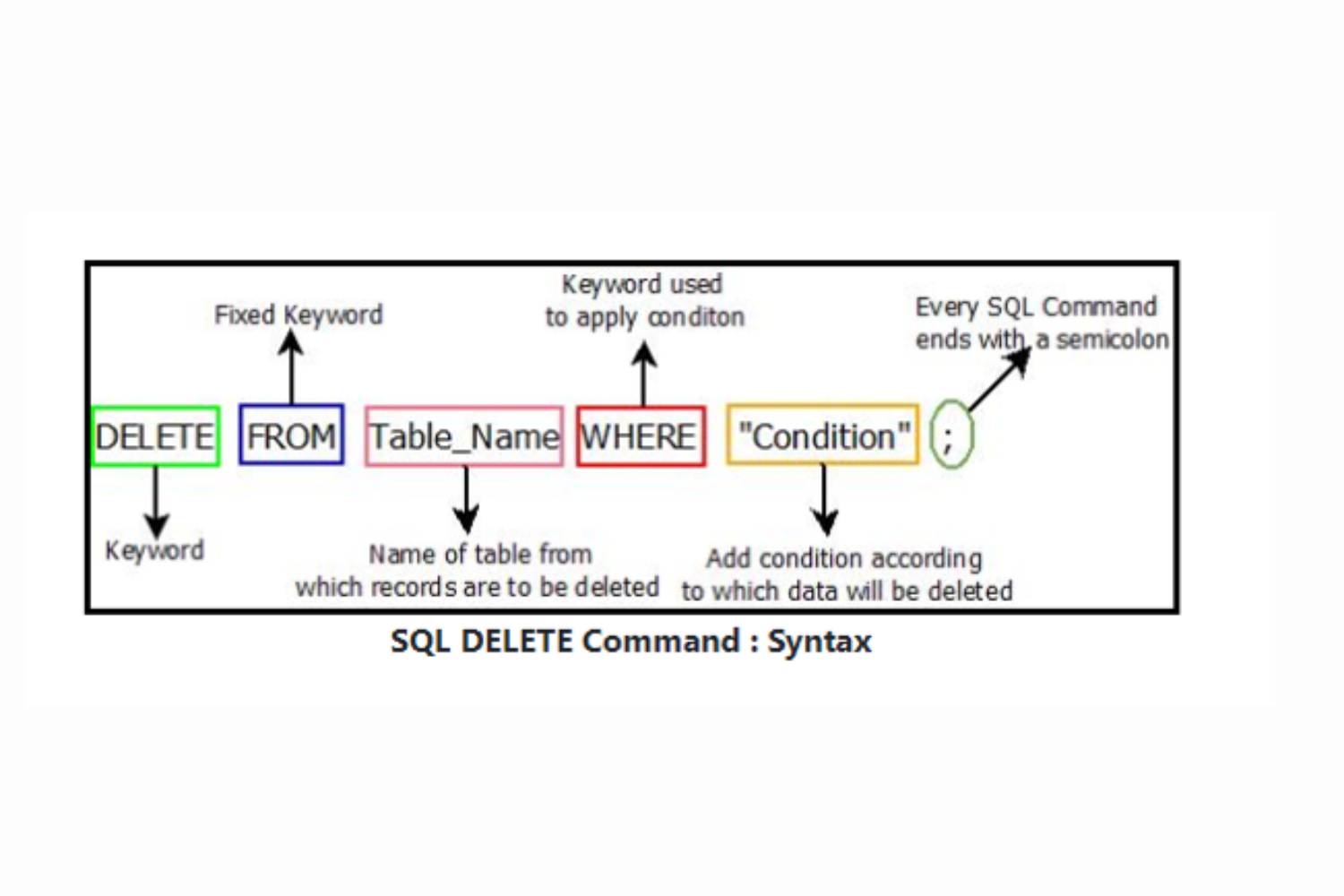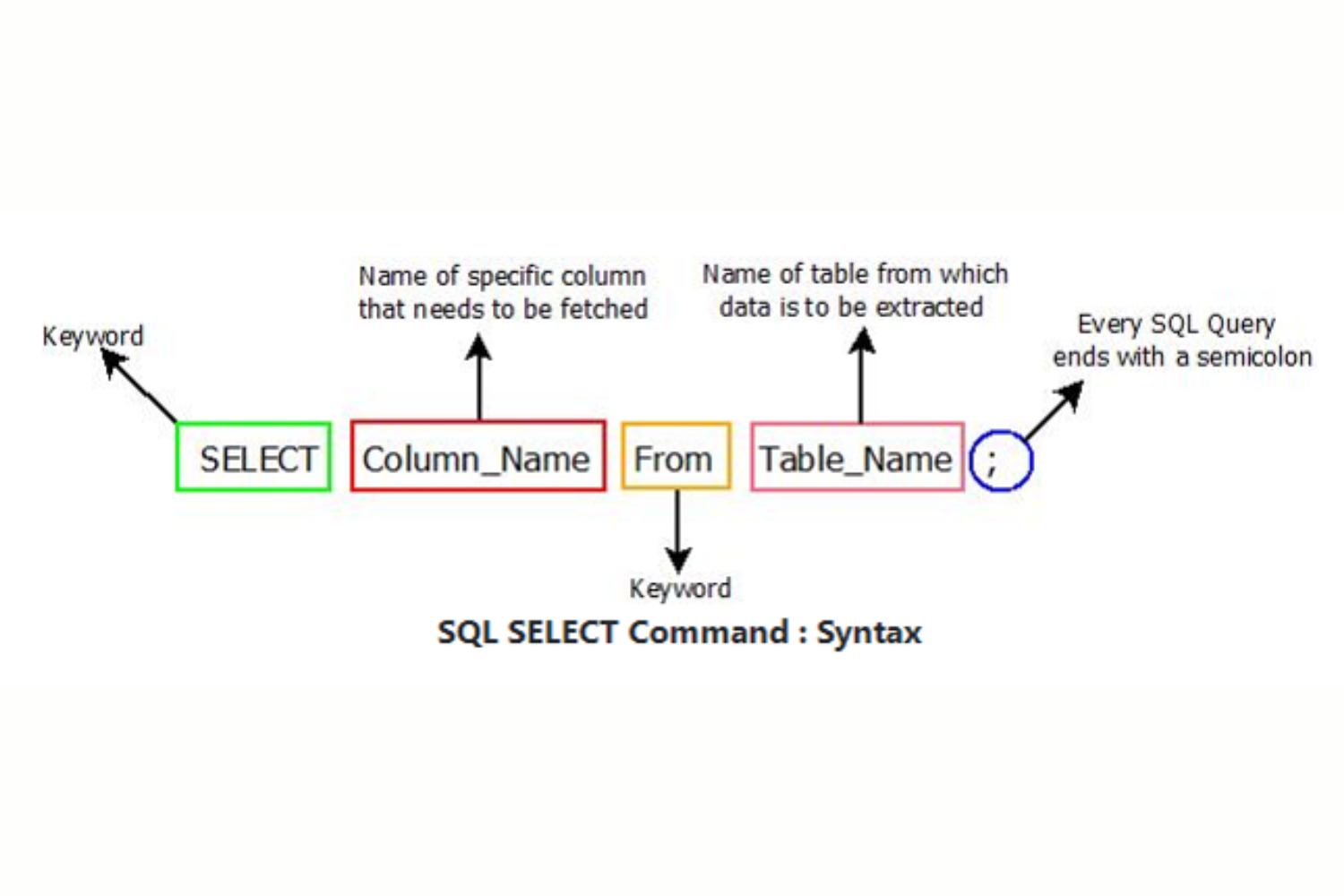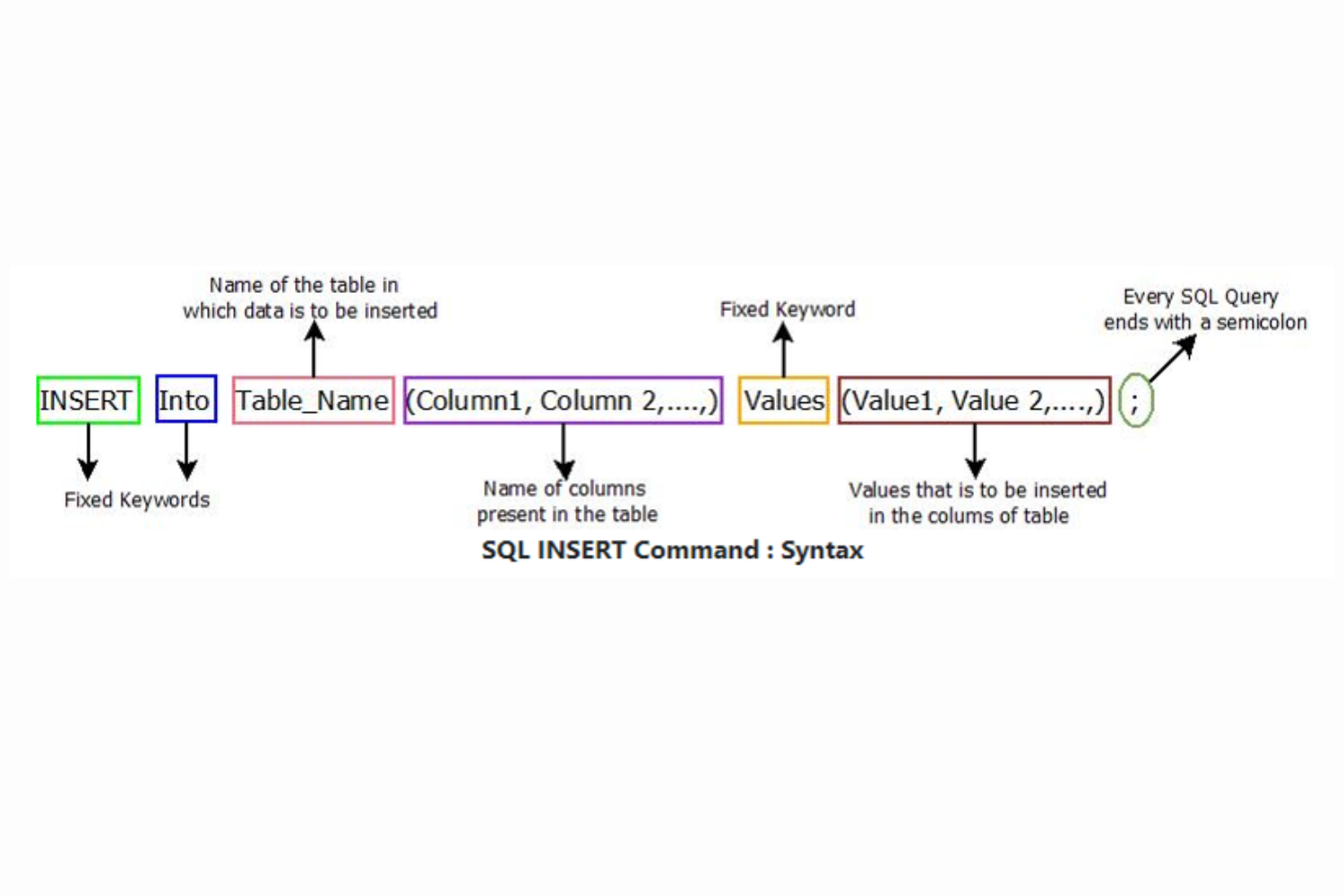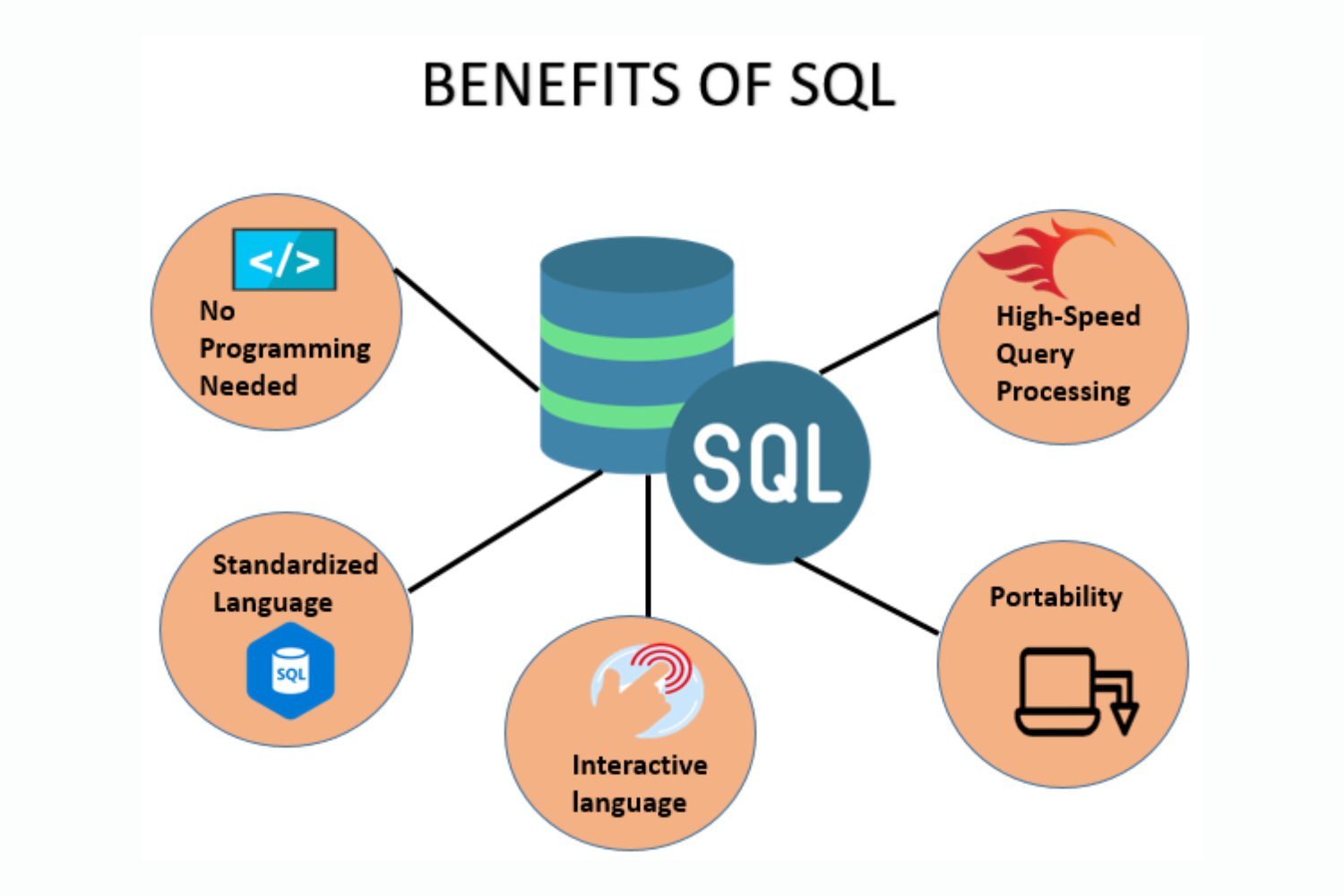
SQL-PLSQL-ETL-Bi Development
SQL :A programming language called structured query language (SQL) is used to store and process data in relational databases. Information is stored in tabular form in relational databases, where different data attributes and the various relationships between the data values are represented by rows and columns. Information can be stored, updated, removed, searched for, and retrieved from databases using SQL statements. Database performance can also be maintained and enhanced with its help.
Working of SQL
SQL is a declarative language, which means you specify what you want to do with the data, and the database system figures out how to do it. Here’s a simplified overview of how SQL works:
Query Creation: You write SQL queries to perform operations on the database. These operations can include SELECT (retrieving data), INSERT (adding data), UPDATE (modifying data), and DELETE (removing data), among others.
Query Parsing: When you execute an SQL query, the database system parses the query to understand what operation you want to perform and on which tables or data.
Query Optimization: The DBMS’s query optimizer generates an execution plan for the query, which outlines the most efficient way to retrieve or modify the data. The optimizer considers factors like indexes, available resources, and database statistics.
Query Execution: The execution plan is executed against the data in the database, and the results are returned to you. This may involve accessing and manipulating data in storage, applying filters, and performing various operations according to the SQL query.
Result Presentation: The final results are presented to you in a format that you can understand, typically as a table or a result set.

SQL Commands
The SQL commands help in creating and managing the database. The most common SQL commands which are highly used are mentioned below:
CREATE Command
This command helps in creating the new database, new table, table view, and other objects of the database.


UPDATE Command
This command helps in updating or changing the stored data in the database.
DELETE Command
This command helps in removing or erasing the saved records from the database tables. It erases single or multiple tuples from the tables of the database.


SELECT Command
This command helps in accessing the single or multiple rows from one or multiple tables of the database. We can also use this command with the WHERE clause.
DROP Command
This command helps in deleting the entire table, table view, and other objects from the database.

INSERT Command
This command helps in inserting the data or records into the database tables. We can easily insert the records in single as well as multiple rows of the table.

Benefits of SQL
SQL offers a number of benefits that contribute to its increasing popularity in the data science field. It is an ideal query language that enables users and data experts to interact with the database. The top features or advantages of structured query language are as follows:
1.No programming needed
For SQL to manage database systems, a small number of coding lines are needed. The database is easily accessed and maintained with the help of basic SQL syntactical rules. The SQL is easy to use thanks to these basic guidelines.
2. High-Speed Query Processing
SQL queries are a quick and effective way to retrieve a lot of data from the database. Data operations such as insertion, deletion, and updating are completed faster as well.
3. Standardized Language
SQL adheres to the well-established ISO and ANSI standards, providing a consistent platform for all of its users worldwide.
4. Portability
It is simple to use the structured query language on desktop computers, laptops, tablets, and even smartphones. Depending on the needs of the user, it can also be utilised with different applications.
5. Interactive language
The SQL language is easy enough for us to learn and comprehend. Since this language is straightforward query language, we can also use it to communicate with the database. In a matter of seconds, one can also use this language to get complex query answers.

PL/SQL
PL/SQL, which stands for “Procedural Language/Structured Query Language,” is a programming language that is used to interact with relational database management systems (RDBMS).

PL/SQL is an extension of SQL (Structured Query Language) and is often used in conjunction with Oracle Database, although it can be found in other database systems as well.PL/SQL allows developers to create stored procedures, functions, triggers, packages, and other database objects that can be stored in the database and executed as needed. These database objects can contain SQL statements and procedural constructs, making it possible to perform complex data manipulation and business logic within the database itself.
Some key features and uses of PL/SQL include:
Procedural Constructs
Data Manipulation
Modularity
Transaction Control
Error Handling
Triggers
Security
PL/SQL is widely used in enterprise applications to improve performance, maintain data integrity, and encapsulate business logic within the database. It is particularly popular in Oracle Database environments, but similar features and capabilities are available in other database systems, often with their own extensions to SQL for procedural programming

ETL
ETL stands for extract, transform, and load and is a traditionally accepted way for organizations to combine data from multiple systems into a single database, data store, data warehouse, or data lake. ETL can be used to aggregate data for analysis and decision-making, or it can be used to store legacy data, as is more common today.
ETL TOOLS
ETL (Extract, Transform, Load) tools are used for extracting data from various sources, transforming it into the desired format, and loading it into a target data repository such as a data warehouse. There are numerous ETL tools available, ranging from open-source to commercial solutions. Here are some of the most popular types of ETL tools:

Open-Source ETL Tools:
Apache Nifi
Talend Open Studio
Apache Camel
Kettle (Pentaho Data Integration)
Commercial ETL Tools:
Informatica PowerCenter
Microsoft SQL Server Integration Services (SSIS)
IBM InfoSphere DataStage
SAS Data Integration Studio
Cloud-Based ETL Tools:
AWS Glue
Google Cloud Dataflow
Microsoft Azure Data Factory
Specialized ETL Tools:
Talend for Big Data
HVR
Attunity
Self-Service ETL Tools:
Alteryx
Trifacta
Tableau Prep
Streaming ETL Tools:
Bi Development
Business Intelligence (BI) development is the process of creating and implementing software, systems, and strategies that enable organizations to gather, process, analyze, and visualize data to make informed business decisions. It involves a combination of data management, data analysis, and software development to provide insights into an organization’s operations, performance, and trends. The primary objectives of BI development are to turn raw data into meaningful information and support data-driven decision-making within the organization.

BI development often involves the use of specialized BI tools and platforms that offer user-friendly interfaces for creating reports and dashboards. These tools may leverage SQL and other query languages for data access and manipulation. BI developers work closely with data engineers, business analysts, and stakeholders to design and maintain an effective BI solution that empowers organizations to make data-driven decisions and gain a competitive edge.
TECHNOLOGIES:
Business Intelligence (BI) technologies encompass a wide range of tools, platforms, and techniques that enable organizations to gather, analyze, and visualize data to make informed decisions. These technologies are essential for turning raw data into actionable insights. Here are some key BI technologies :
Data Warehousing:
ETL (Extract, Transform, Load)
Data Integration
Data Modeling
BI Reporting and Visualization
Ad Hoc Query and Analysis
Data Analytics
Big Data Technologies
Data Governance and Metadata Management
Data Security and Access Control
Cloud BI Services
Machine Learning and AI
Data Streaming and Real-time Analytics
Data Virtualization
Self-Service BI
Job Roles
Database Administrator (DBA)
Database Developer
Database Testers
Data Scientist
ETL Developer
Database Migration Expert
Cloud Database Expert
Data Quality Analyst
Database Consultant
Data Warehouse Architect
SQL Developer
PL/SQL Developer
ETL Developer
SALARY
The average salary ranges from approximately from 13 Lakhs to ₹35 Lakhs Per Annum.
Course Highlights:
1- Suited for students, fresher’s, professionals, and corporate employees
3- 4-month program
4- Certificate of completion
5- Decision Oriented Program of Analysis
6- Live Classes by highly experienced faculties
7- Hands-on experience with real-life case studies

Conclusion
In summary, SQL, PL/SQL, ETL, and BI development are interconnected components of a comprehensive data management and analysis ecosystem. SQL and PL/SQL handle data management and application development within the database, while ETL processes ensure data is appropriately prepared for analysis. Finally, BI development presents the data in a way that is understandable and actionable to business users. Together, they enable organizations to harness the power of their data for better decision-making and business insights.
Proficiency in SQL, PL/SQL, ETL, and BI development is valuable in today’s data-driven world, and individuals with these skills are in high demand . Depending on your interests and career goals, you can pursue a career path that aligns with your strengths and preferences within the broader data management and analysis domain.

